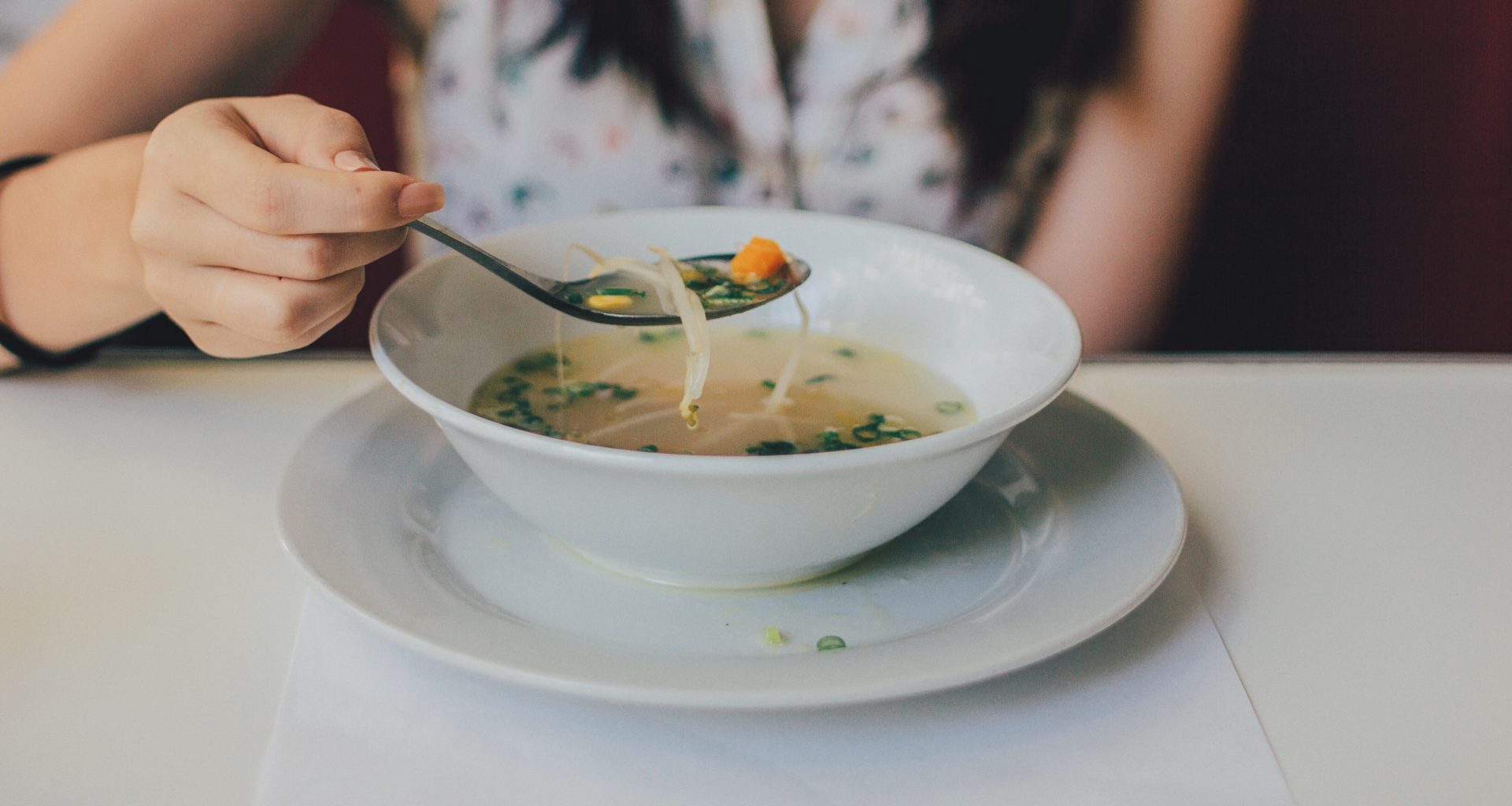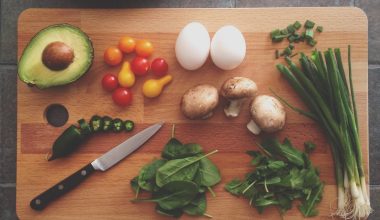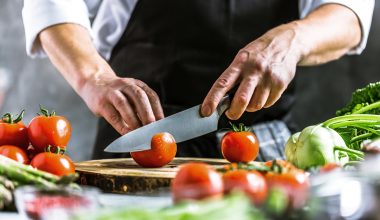Introduction
We’re building up our cooking articles on Workshopedia, and with it being Fall, knowing how to make soup is essential. Soup is some of my favorite food at this time of year. It’s warming, nutritious, and easy to make.
So, in this article, I’m going to give you the simple steps for how to make amazing soup at home. Soups are seasonal and so easy to make. There are also so many different recipes and soup types out there for you to try. This article will give you the basic steps in a simplified form that can be adapted to most recipes out there. Let’s get into it!
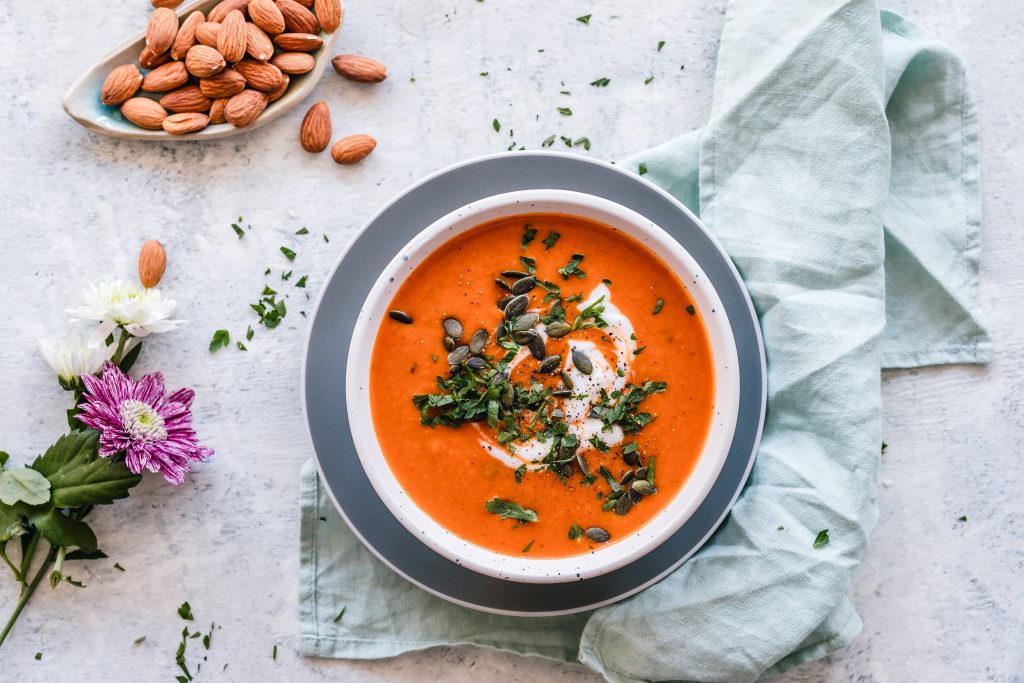
How To Make Soup
Soup is just about one of the simplest dishes you can make. Obviously, some are more complex than others and require a range of different skills. However, there is a basic method you can stick to with most soup recipes, including the ones in this article. If there’s anything different required, I’ll make note of that.
Step 1 – Soup Recipe Basics: Preparing Ingredients
The first thing to do – after picking your soup recipe of course – is to prepare your vegetables and other ingredients. Most vegetables will need washing, peeling, and chopping before you cook them. Herbs will need chopping up most of the time.
The quantities you need will depend on how many portions you’d like to make. If I’m being honest, most of the time I just guess quantities. It is very rare any soup goes to waste in my household no matter how much I make!
Get some stock ready as well. Most soups require stock. Depending on the type of soup, you can opt for either vegetable or meat in different flavors. Check out this guide on how to make a basic vegetable stock before you pick, as making your own is infinitely better!
Step 2 – Boiling And Roasting Ingredients
Once your vegetables and other ingredients are prepared, you can move on to the next step. You need to either roast or boil your vegetables. This will depend on the soup recipe you pick. Either way, your vegetables need to be softened and blendable. Check if they’re soft enough by gently prodding them with a knife. If it slides in easily, they’re probably good to go.
Use a large pan for boiling and a large baking sheet for roasting. Cover generously in cooking oil when roasting. Don’t worry too much about seasoning, as you can do this in the final stages to taste.
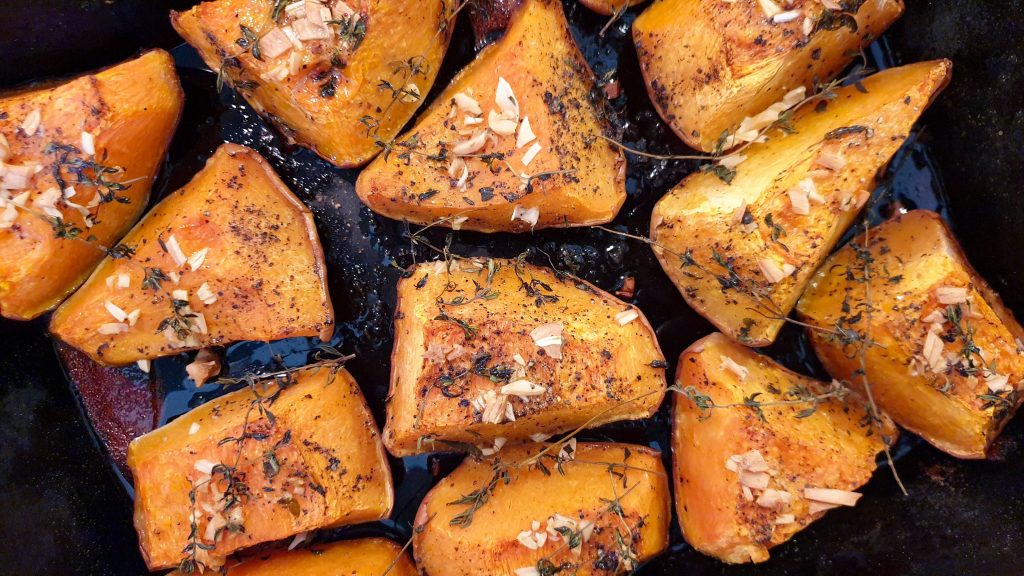
Step 3 – Blending And Finishing Touches
Finally, once your vegetables and other ingredients are prepared and cooked, you can blend them. Get a high-quality blender that can handle the types of foods and quantities you are cooking with.
Transfer your roasted or boiled vegetables into your blender. If you’ve boiled your ingredients, then you’ll want to drain off the vegetable water first. You can keep a bit of this back to add into the soup later if it needs loosening up. It’s a great way to reduce water waste and add a bit of extra flavor to your soup.
Blend the soup into the consistency of your choice. Personally, I prefer most of my soups smooth without chunks. However, you might like that more chunky consistency. If you’re a bit of a soup fanatic, you can buy a specific blender for soup that creates different textures. However, you can achieve this with an ordinary blender too. Add extra water or vegetables to change the consistency.
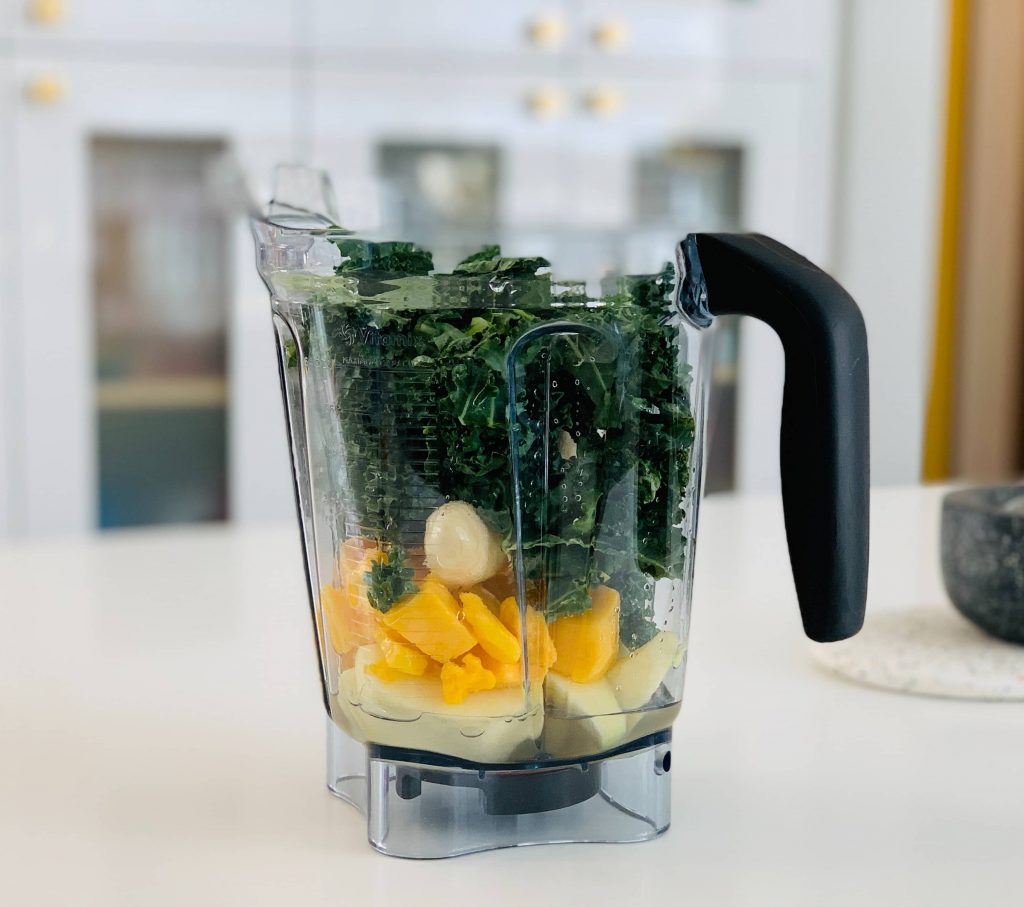
Once blended, transfer your soup into a large saucepan and boil on the hob until piping hot and well-combined. You can add a bit of extra water here to loosen the consistency if it’s not quite right. Season with salt, pepper, and any other seasonings your recipe requires.
Conclusion
There you have it! 3 simple steps and you’ve got your perfect soup. Of course, different recipes will have different recommendations for how to make them. However, this basic method is great if you aren’t a confident cook. Or you can use it on any ingredients you feel like if you’re a bit more adventurous. I like to combine any seasonal vegetables I have left to use up at the end of the week to make a big, hearty soup. This is a brilliant way of avoiding food waste and making an easy meal!
Keep an eye on Workshopedia for more cooking ideas and tips coming your way soon!
